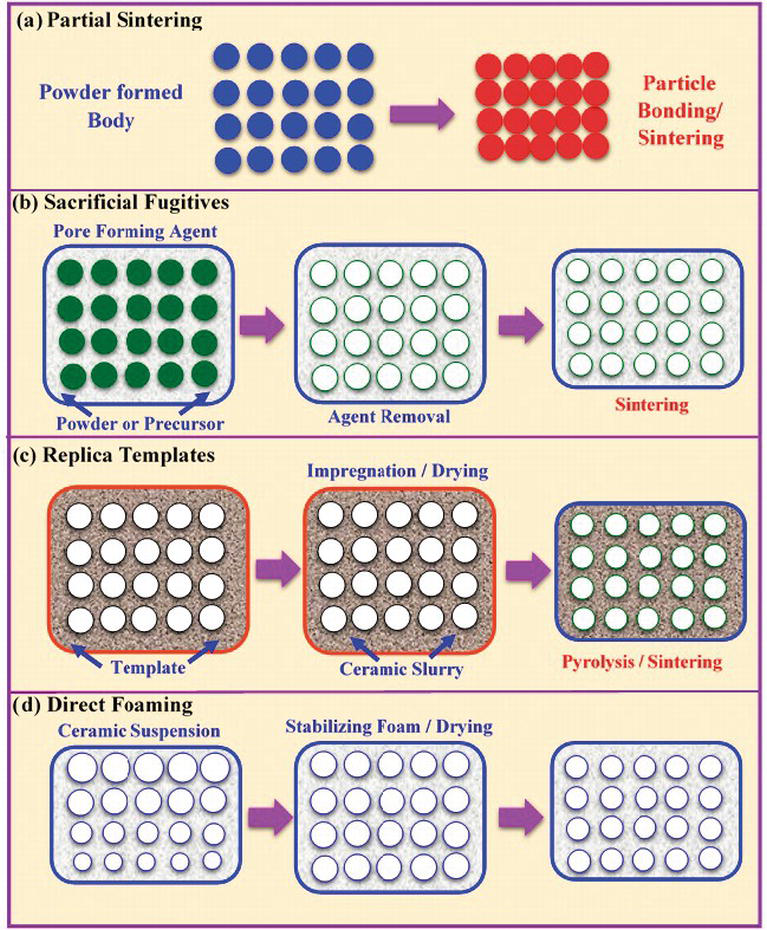Some elements such as carbon or silicon may be considered ceramics ceramic materials are brittle hard strong in compression and weak in shearing and tension.
Standard method for determining elemental composition of ceramic materials.
But while the surface composition of many fully reacted materials may be very nearly the same as the bulk composition it also is very different in many materials.
Learn about the international material testing standards for ceramics and find out which standards apply to your products.
Standard guide for testing the thermal properties of advanced ceramics.
Börje sellergren andrew j.
A ceramic material is an inorganic non metallic often crystalline oxide nitride or carbide material.
The most common chemical analytical technique used is x ray fluorescence spectrometry xrf which can determine the proportions and identity of the major oxides of materials of widely differing composition such as silicates carbonates sulphates and phosphates from below 0 01 to 100.
The analysis is rapid and non destructive but is generally impractical for determining elements lighter.
Standard test method for determining particle size distribution of alumina or quartz by laser light scattering.
Elemental analysis is the classical method to obtain information about the elemental composition of an unknown substance 70 71 a known amount of unknown substance is converted to simple known compounds containing only the element to be quantified.
Manufacturers strive to produce consistent products with a certain ratio of different metals and they must closely analyze ceramic powders to determine the types.
And in materials containing sic.
Ceramic materials may be deposited by a sputtering process or by a chemical vapor deposition cvd process.
The requirements which have to be fulfilled for a standard compliant analysis may however vary greatly depending on the desired parameters.
C1274 12 2020 standard test method for advanced ceramic specific surface area by physical adsorption.
The area of analysis is an ellipse when samples are mounted in the usual way of variable size but the most common size has a major axis of 1200 nm and a minor axis of 600 nm.
Ceramic materials often contain elements in the form of oxides that can have various effects on the ceramic including roughness wettability wear resistance color and conductivity.
1 introduction silicon carbide has a high melting point of 2 700 c and is therefore an important raw material for refractory and ceramic products.
Citation needed elemental analysis can be qualitative determining what elements are present and it can be quantitative determining how much of each are present.
They withstand chemical erosion that occurs in other materials subjected to acidic or caustic environments.
Elemental analysis is a process where a sample of some material e g soil waste or drinking water bodily fluids minerals chemical compounds is analyzed for its elemental and sometimes isotopic composition.










